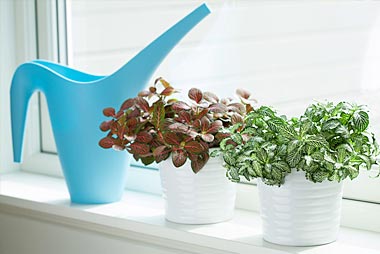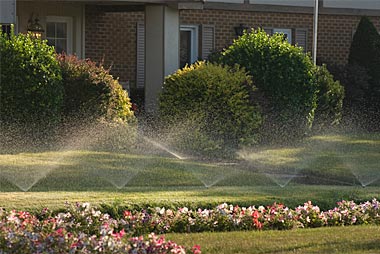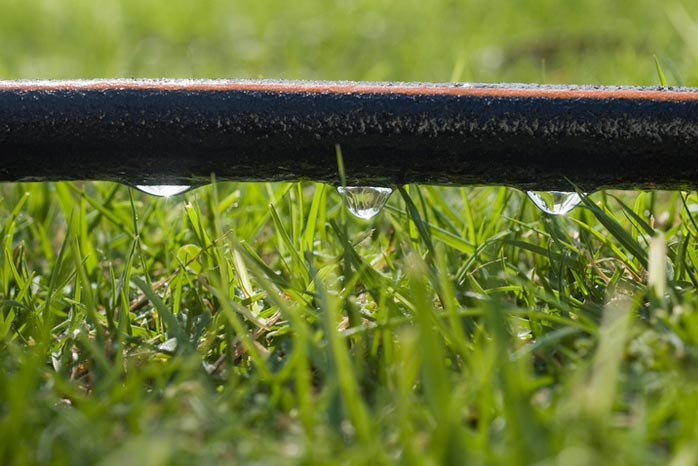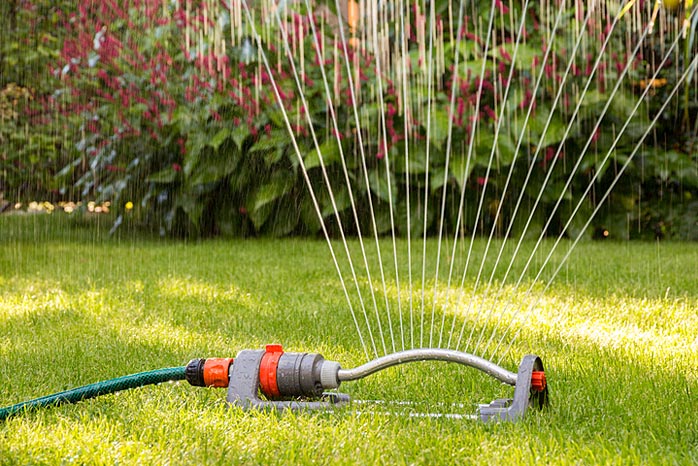Request a Free Estimate 647-500-5263
Customer Portal LoginColour and texture can be added to both your indoor and outdoor spaces with the use of plants. It is essential to water them property to keep them healthy and growing. Knowing the quantity and frequency of water your plants require can help you create vibrant indoor or outdoor spaces. The professionals at Greenbloom are here to help you get it right.




Copyright © 2020 All Rights Reserved.
Website By WSI Comandix